F
fbrem
Guest
In mid-October, after many hours of set up and getting the necessary permits and safeguards, I was able to open up a small amphibian display designed to inform visitors of the current amphibian biodiversity crisis, some of the primary causes, and some of the research that is being done in these areas. The display includes 5 species, three TN natives and two Central American species, that were either part of a research project and now retired or were extra metamorphs that were lucky and never a part of a project. (This display was done as an alternative to euthanasia for these frogs, and all animals in this display were captive raised from eggs). And to make things even nicer I've been rotating in blooming orchids, carnivores, and other interesting plants.
whole exhibit
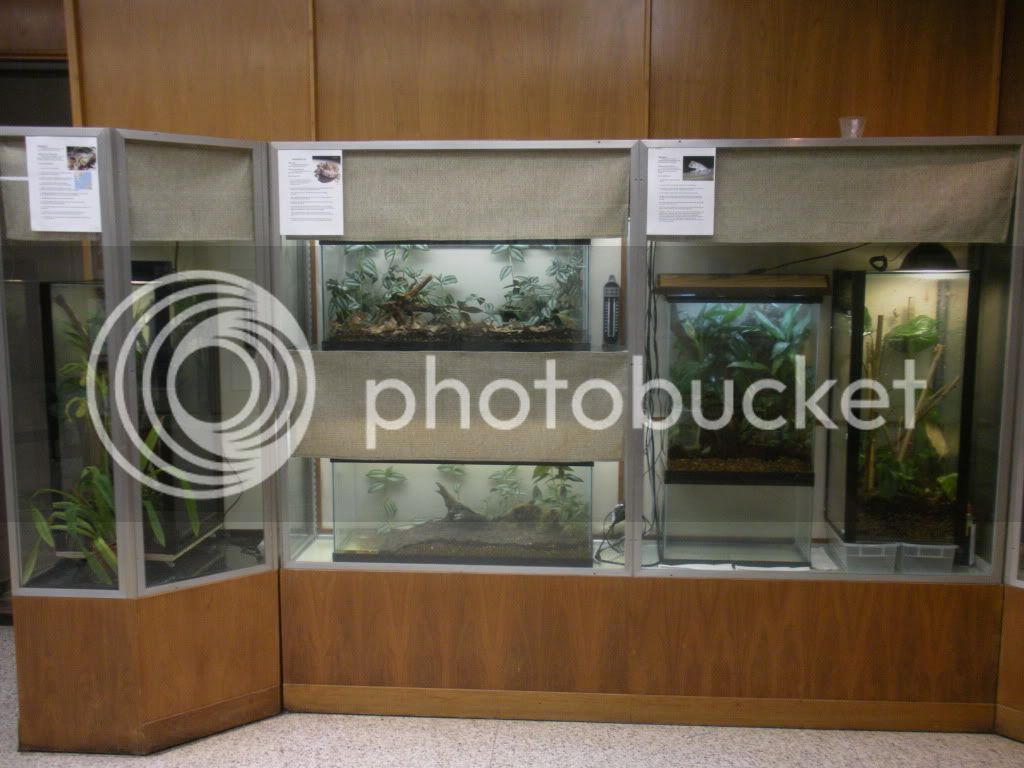
Anaxyrus fowleri terrarium
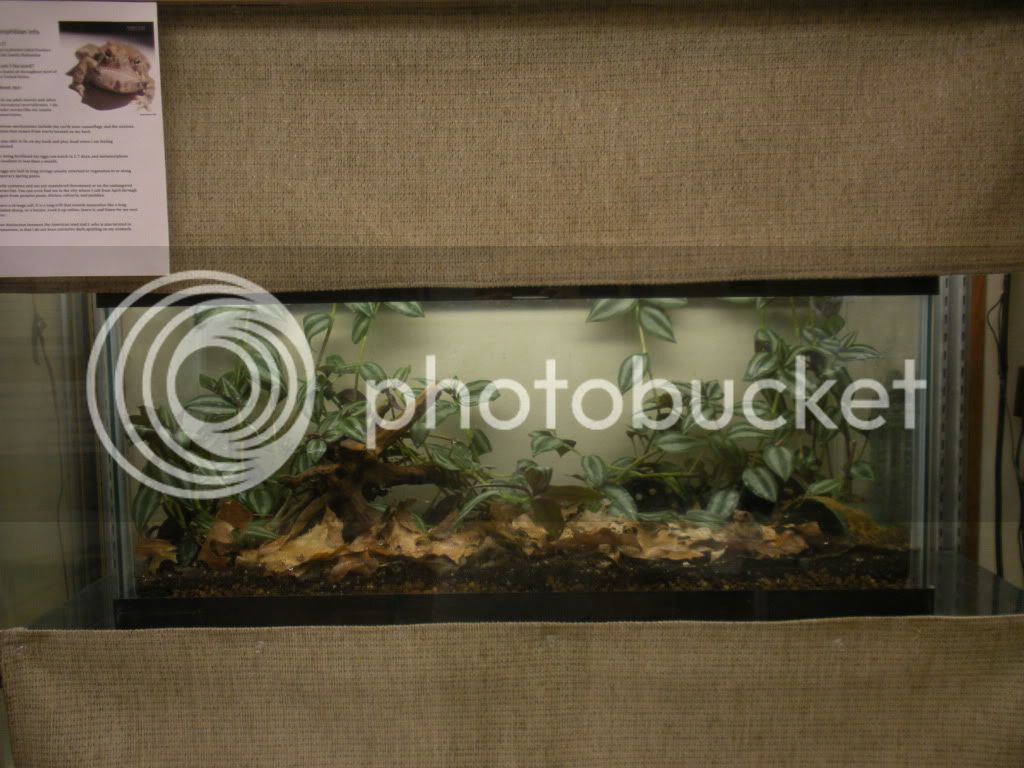
Anaxyrus fowleri
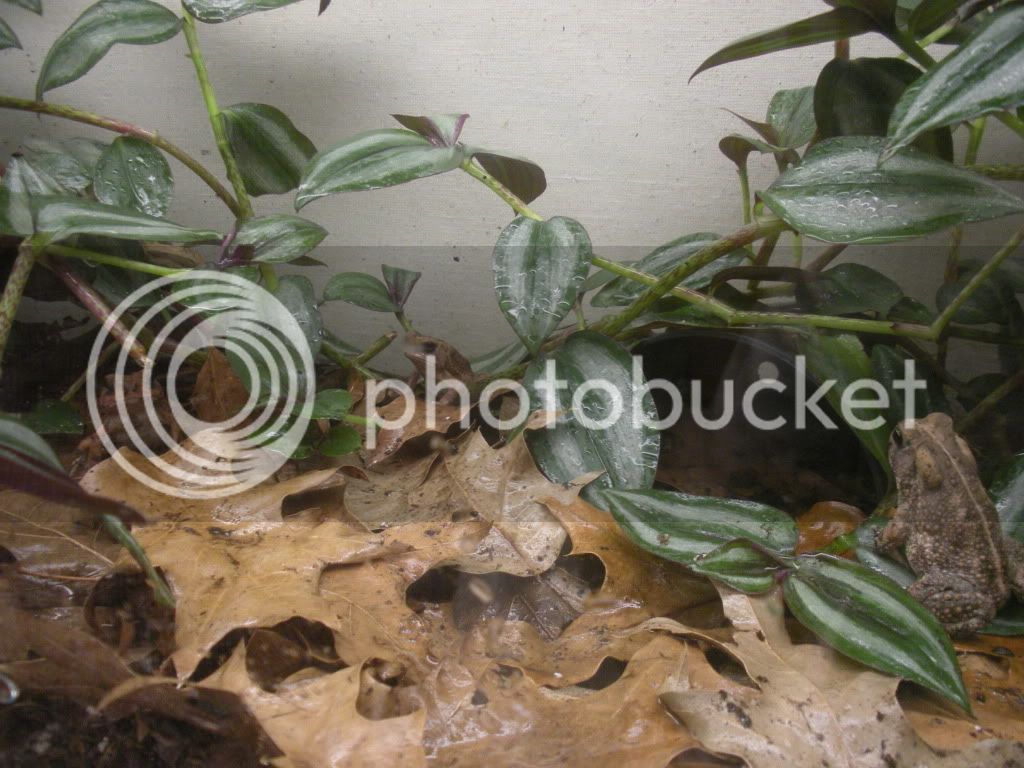
Hyla chrysoscelis
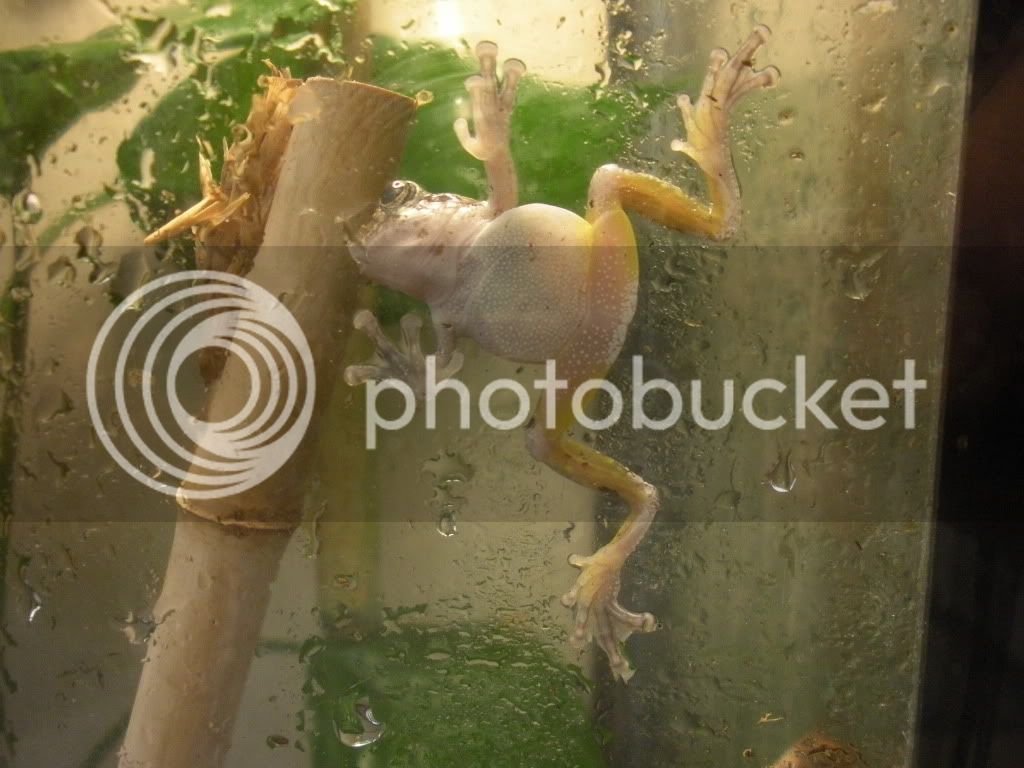
Hylomantis lemur terrarium
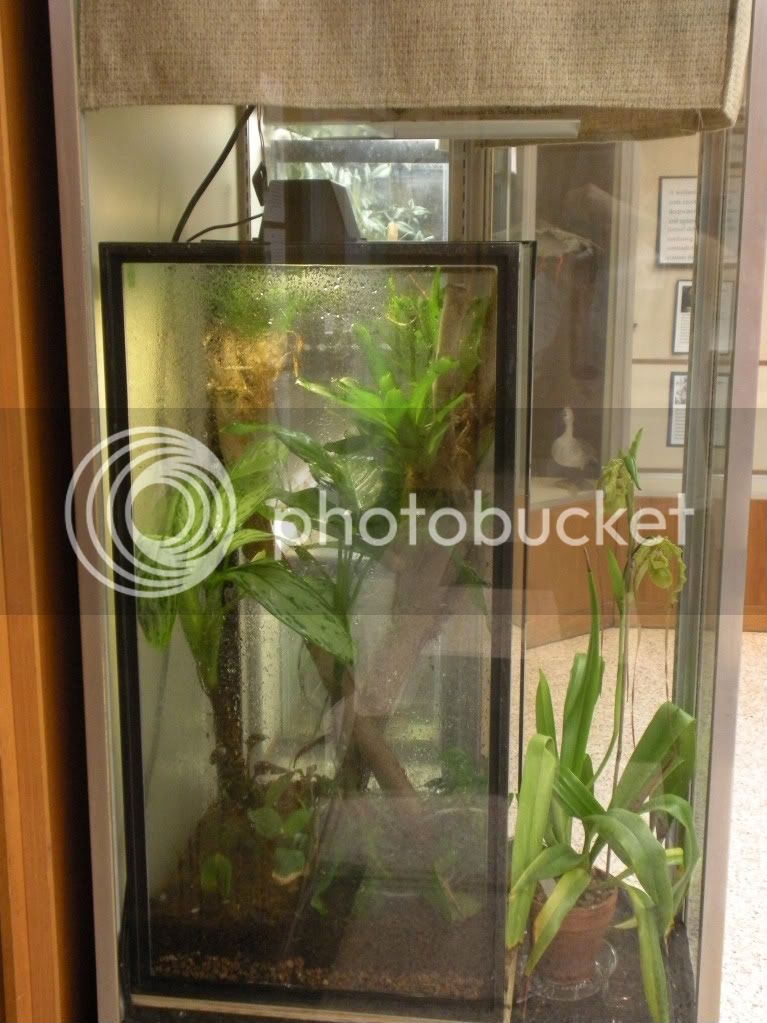
Phrag. Court Jester w/ H. lemur in background
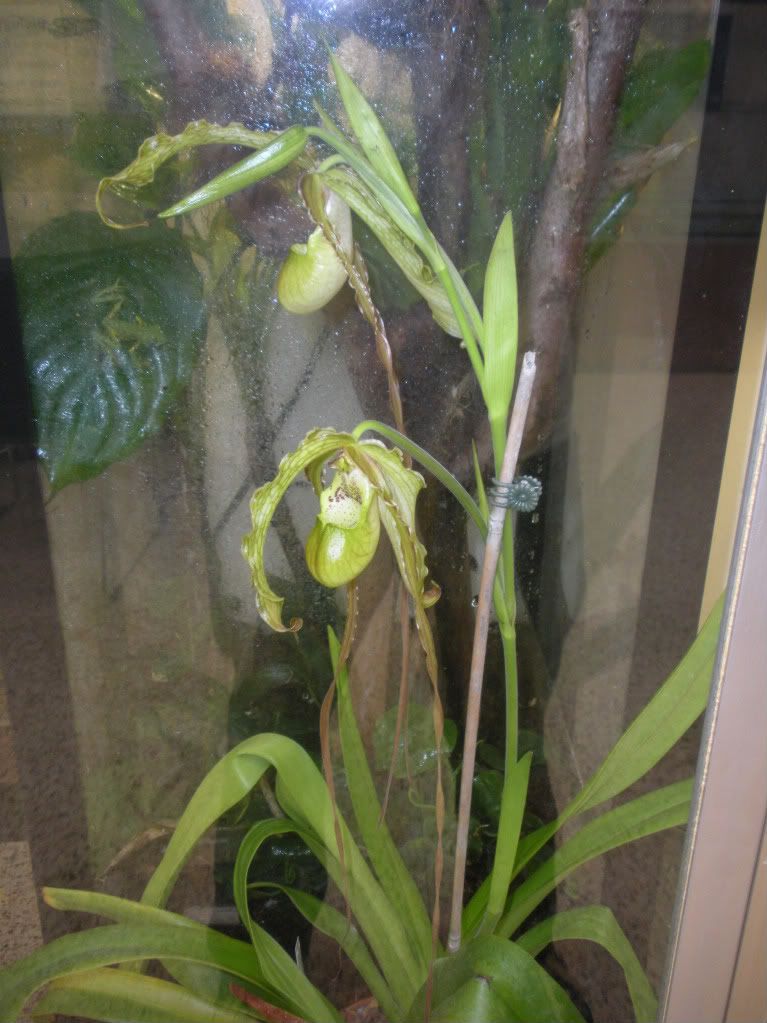
Phrag. Court Jester
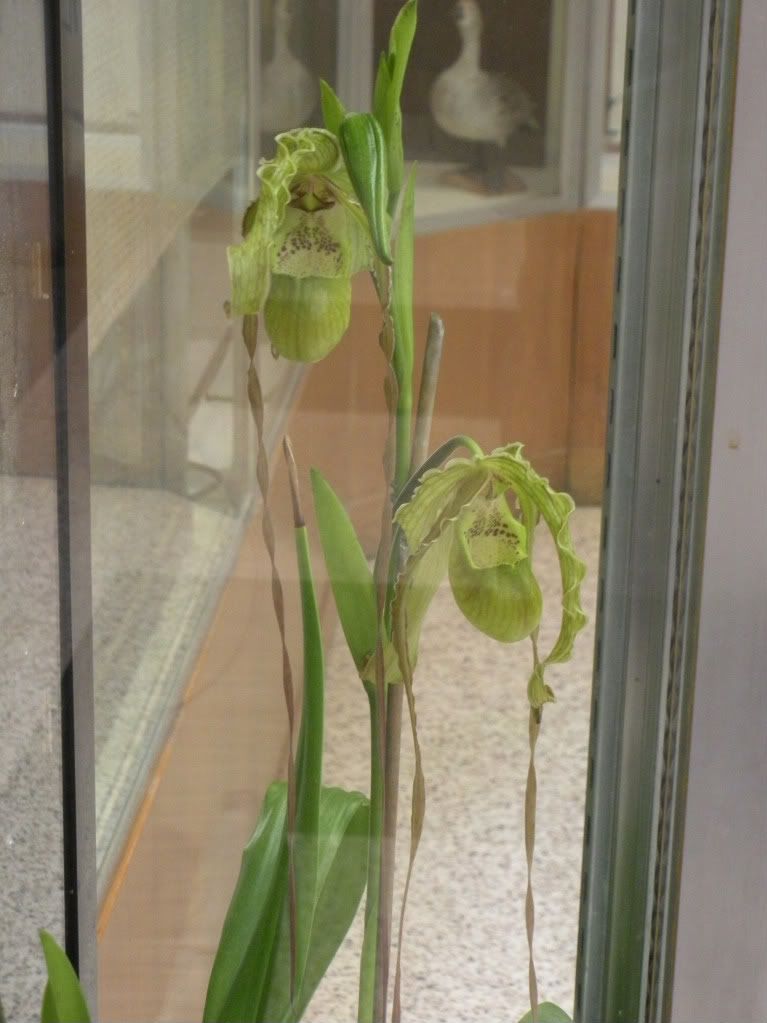
Forrest
whole exhibit

Anaxyrus fowleri terrarium

Anaxyrus fowleri

Hyla chrysoscelis

Hylomantis lemur terrarium

Phrag. Court Jester w/ H. lemur in background

Phrag. Court Jester

Forrest



